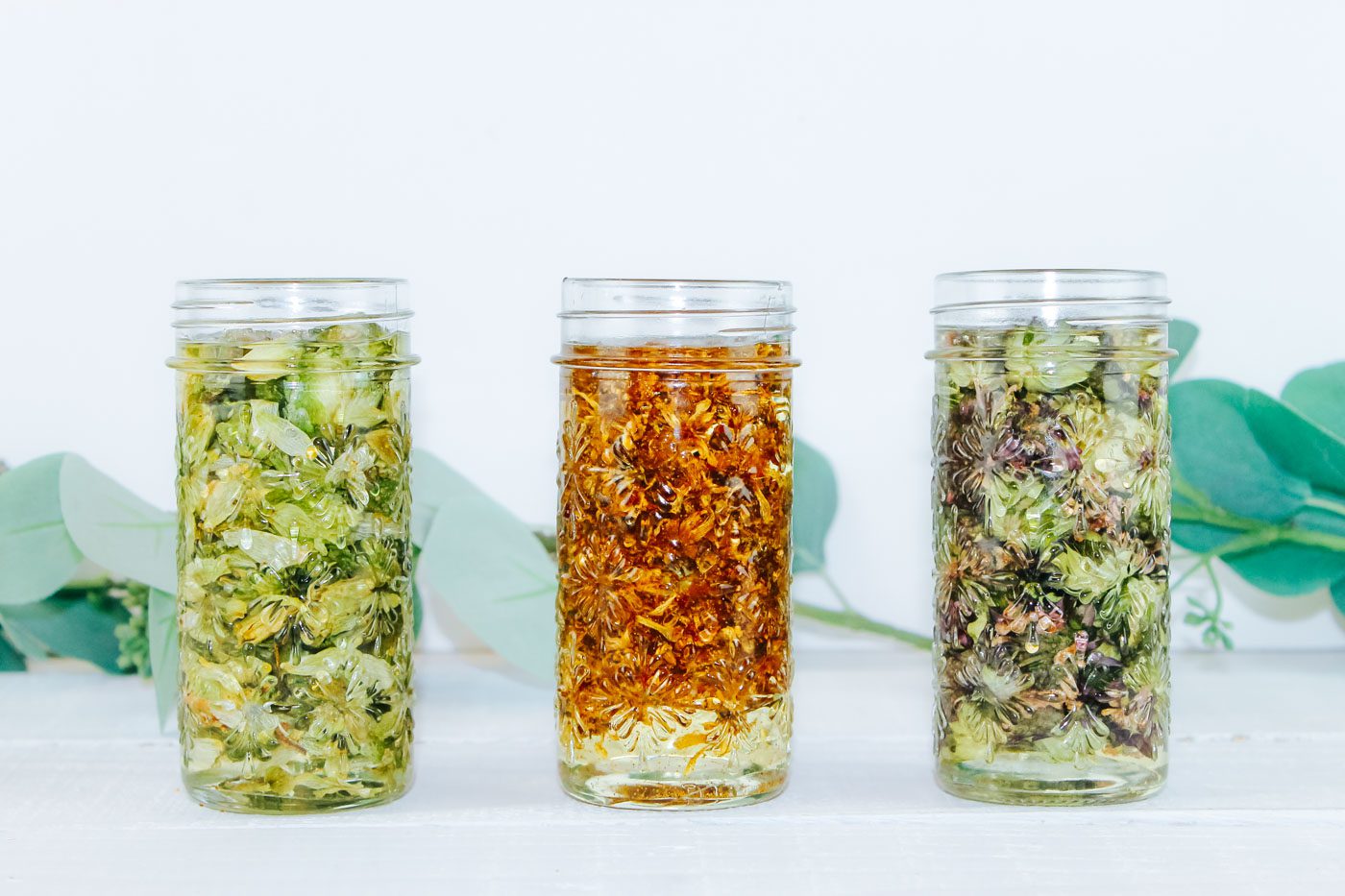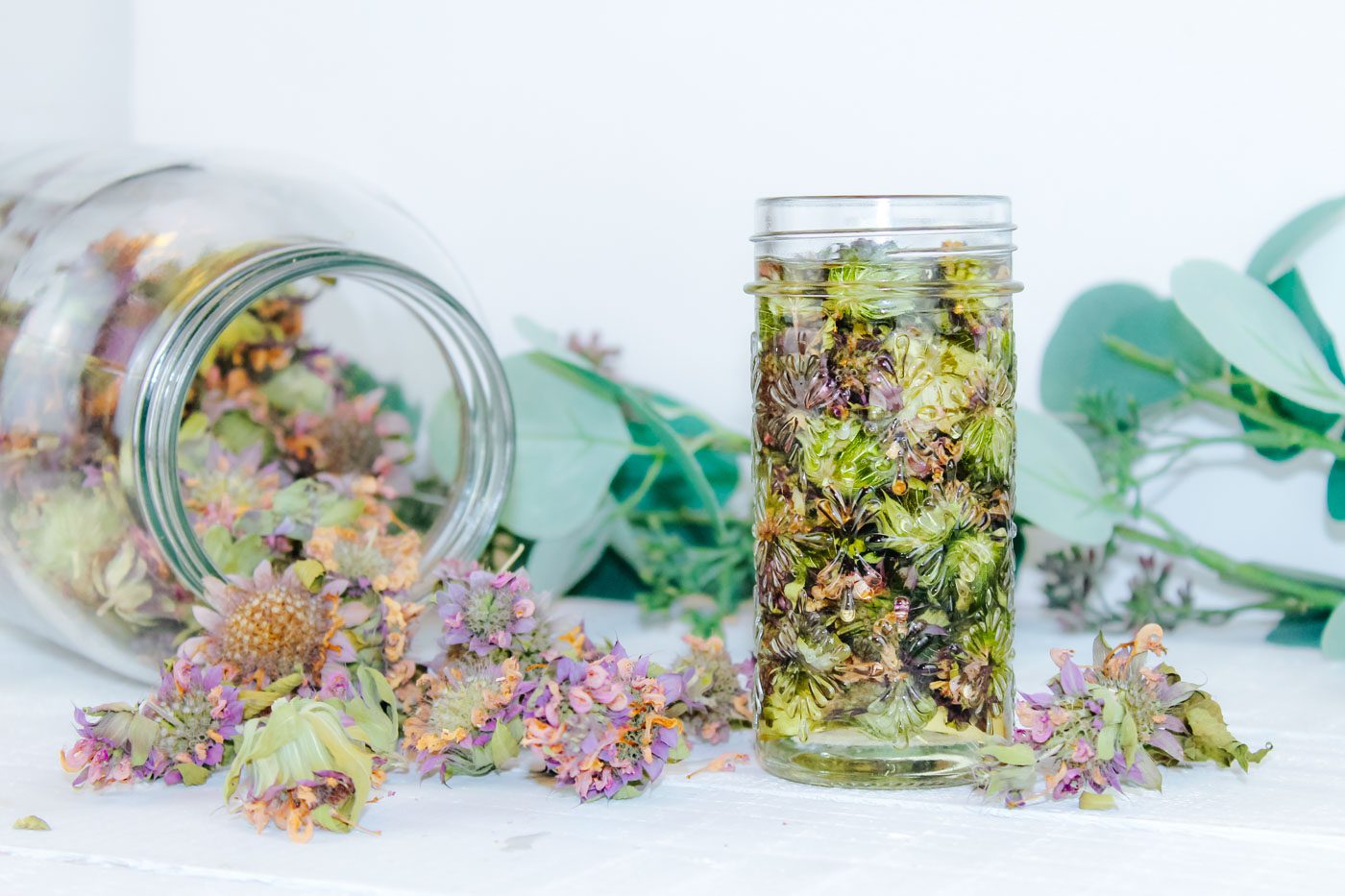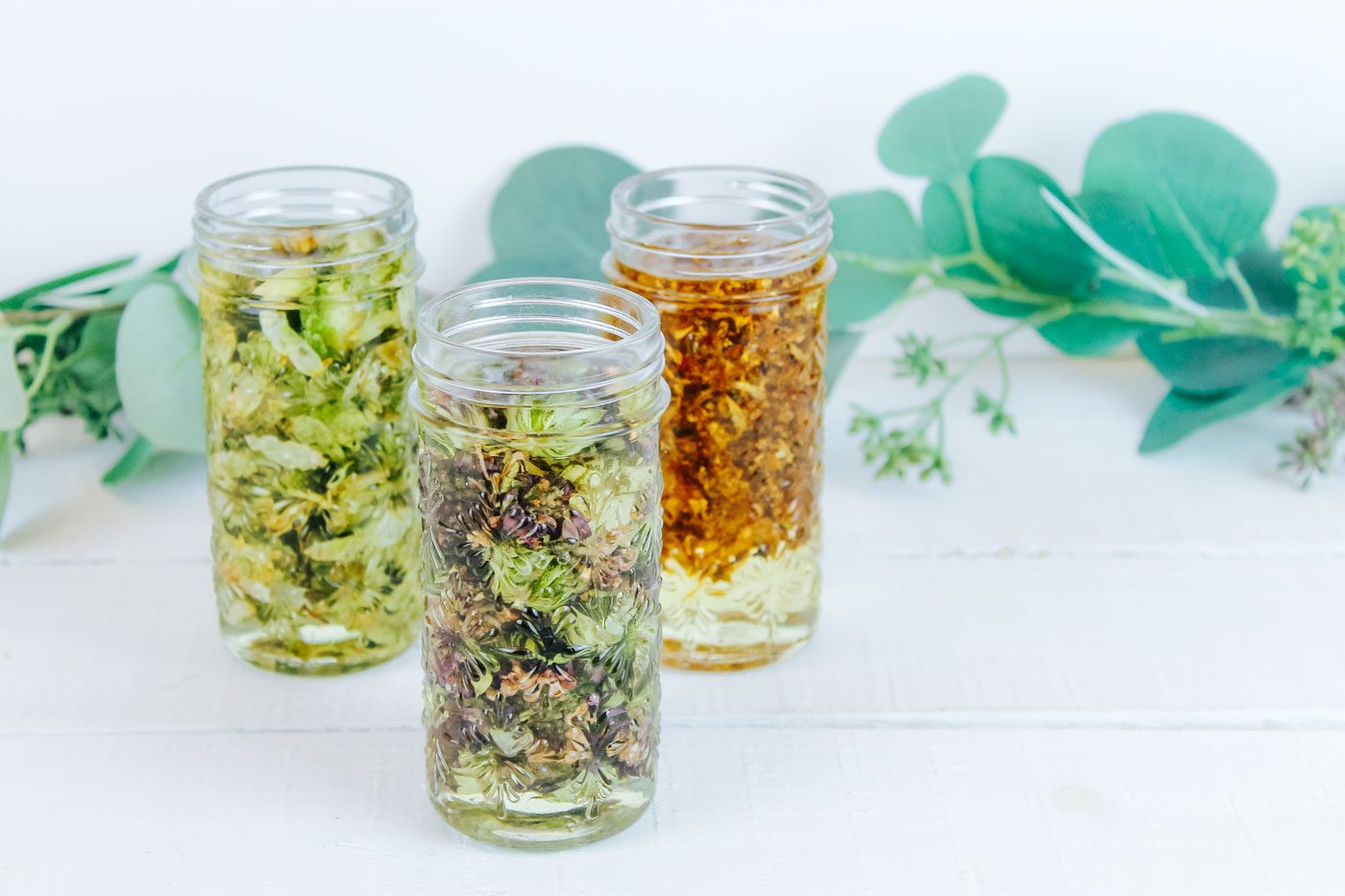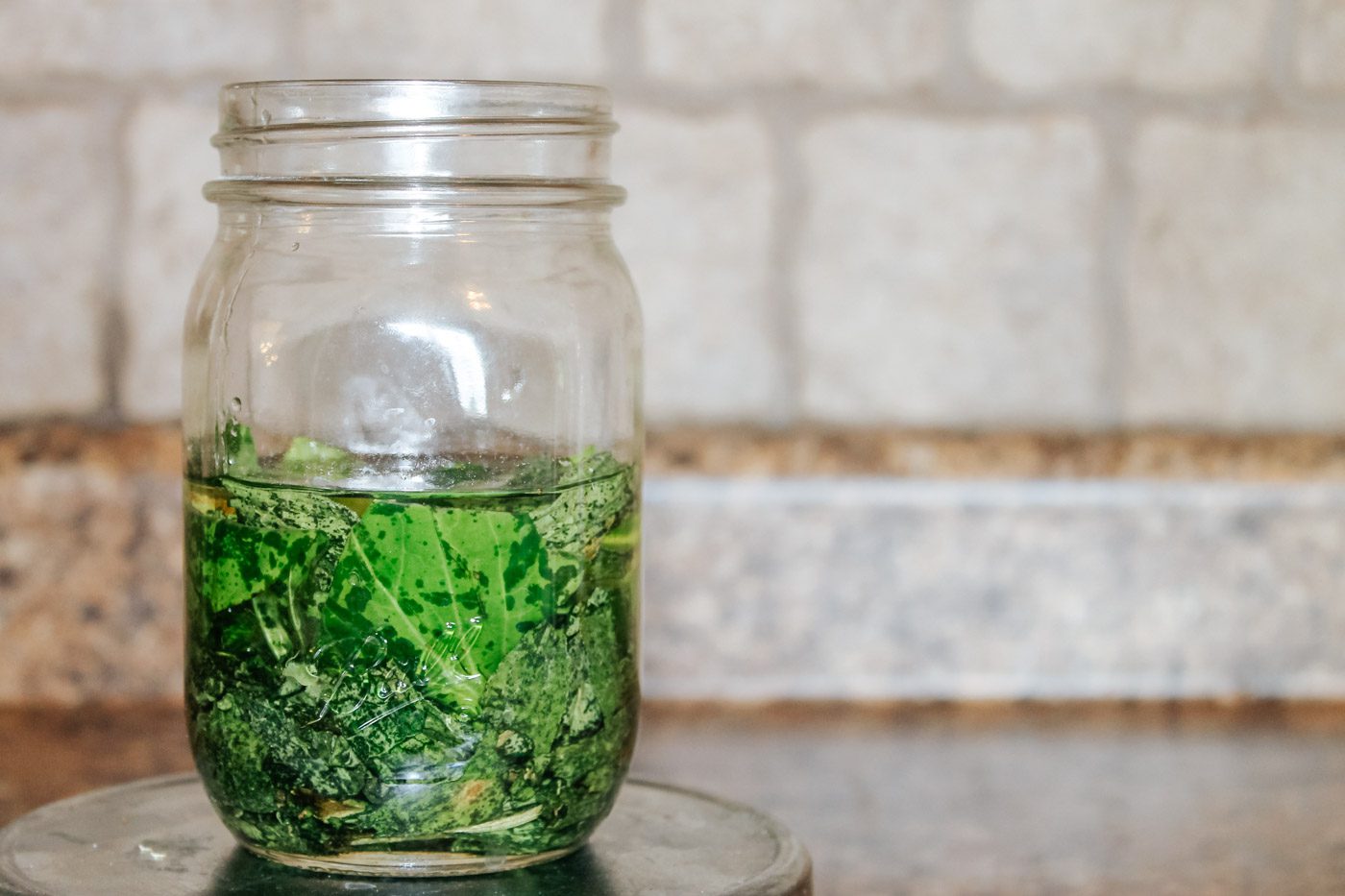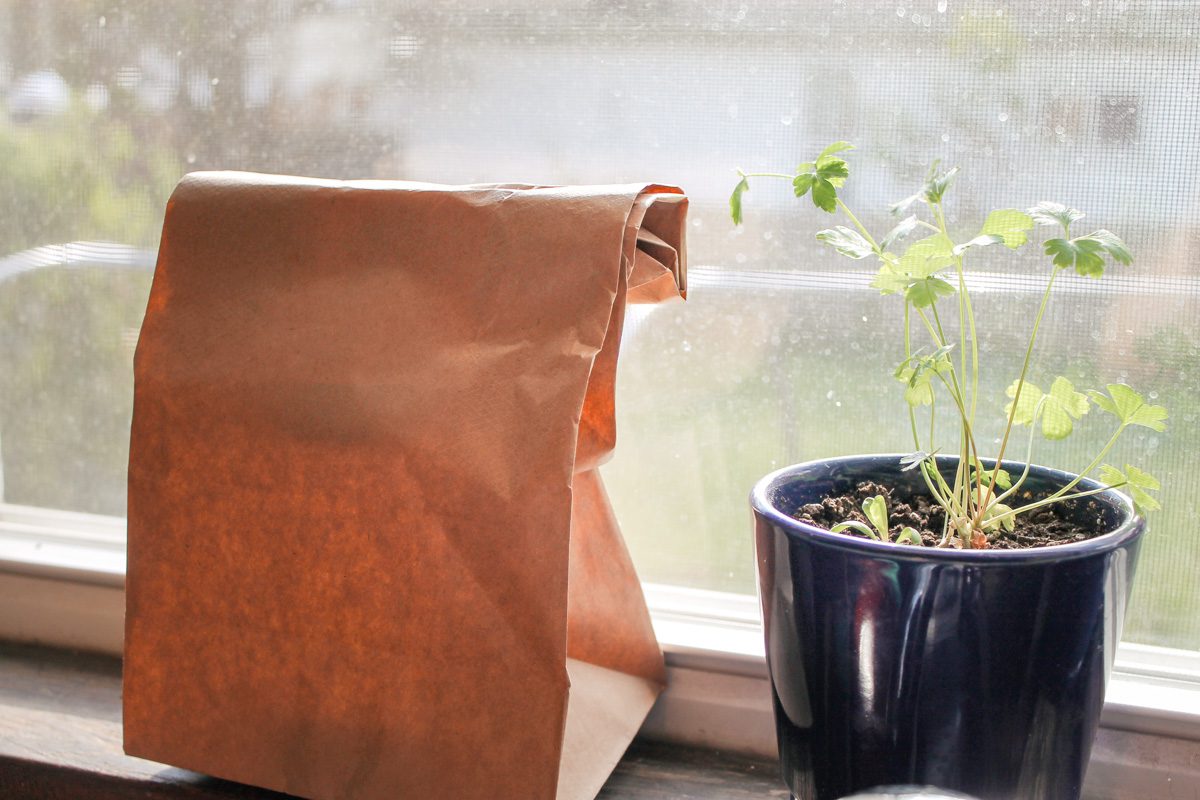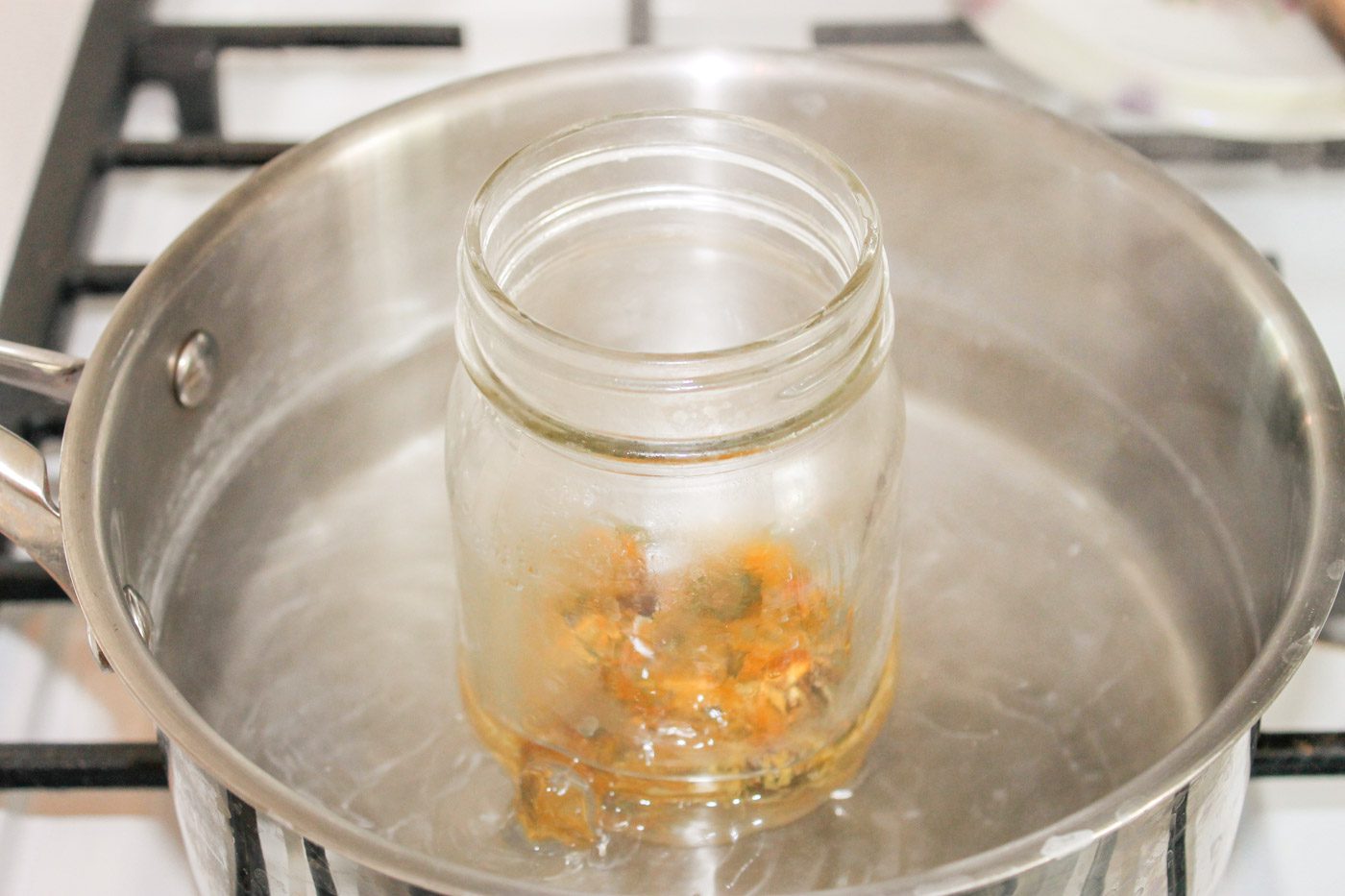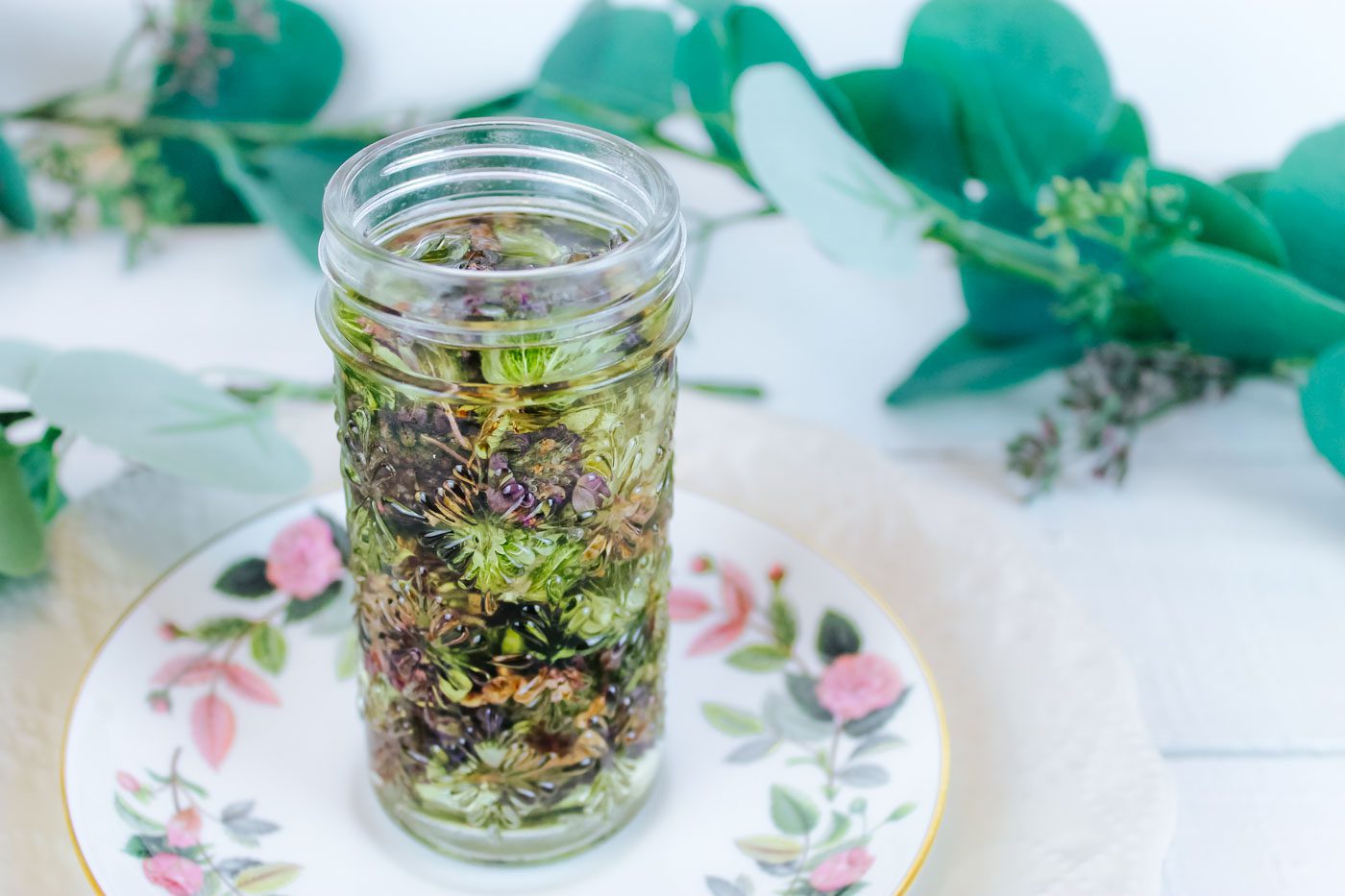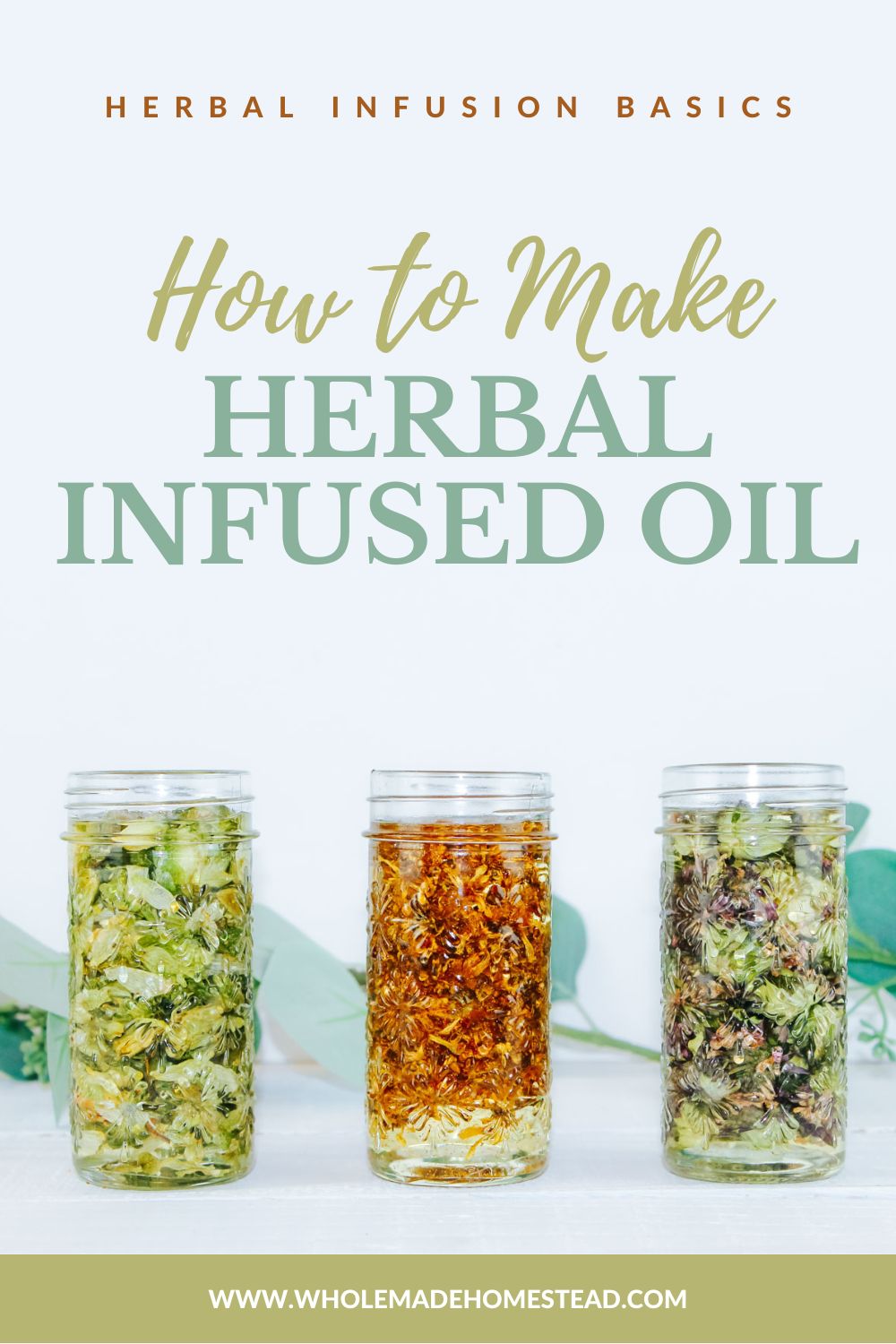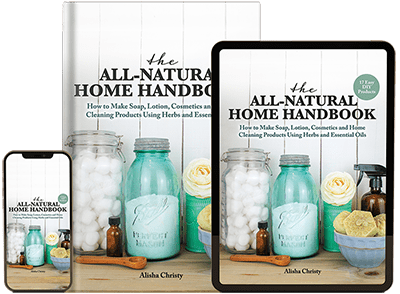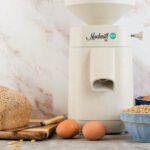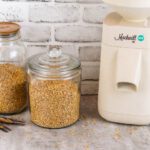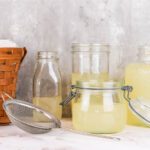Capture the powerful benefits of herbs by infusing them into oil. Learn how to create a herbal infusion, what are the best oils and herbs to use along with the top ways to incorporate oil infusions into cooking or natural skincare products such as soaps, salves or balms.
This post contains affiliate links, which means I make a small commission at no extra cost to you. In any case, I only link to products we actually use on our homestead and that I believe can truly benefit to you. See my full disclosure here.
Herbalism has been a passion of mine for quite some years now. It all started with an online conference and the discovery of a fella named Doc Jones. He opened the gateway to all things herbs. At the beginning of our discovery of herbalism, we started by growing traditional culinary herbs like thyme, basil and rosemary. Over the years we stepped up our herb game by growing St. Johns wort, yarrow and bee balm. Who knew that today I’d be growing little yellow flowers and fully understanding the term calendula offficinalis?
Growing herbs in our garden has become just as important to us as growing tomatoes or green beans. The vegetables might feed us but the herbs help keep viruses away and treat any skin conditions that pop up.
Herbs can be steeped in water to create an herbal tea or ground into a powder and taken internally with a glass of water. You can infuse herbs into vodka, vinegar and even soap. One of our favorite ways to harness the power of herbs is by infusing them into oil. This oil can then be used in a variety of applications.
What is Herb Infused Oil?
An herbal infused oil is the method of soaking the herbs into an oil, such as sunflower or coconut oil. As they infuse, their beneficial properties are released into the oil and can be used for cooking or added into skincare products to treat sore muscles, bug bites or rashes.
What You’ll Need to Create Herb Infused Oil
To infuse herbs into oil, you will need a few supplies to get started. Below is a list of tools you may to use, depending on the method you choose to make herb infused oil.
- Glass jar and lid (I love to use a wide mouth pint size mason jar.)
- Scale (Some infused oil recipes call for specific measurements. Having a scale on hand makes weighing the oil much more precise.)
- Measuring spoons and cups
- Spatula
- Jar for storage
- Dried herbs
- Oil of your choice
- Stainless steel pot or double boiler
- Fine mesh strainer
- Cheesecloth or coffee filter
- Brown paper bag
What Kind of Herbs Can You Infuse Into Herbs?
The roots, leaves and flowers of an herb can be infused into your favorite oil. Here are a few of my favorite herbs to infuse.
- Calendula
- Cayenne
- Comfrey
- Yarrow
- Plantain
- Chamomile
- Peppermint
- St. Johns Wort
- Dandelion
- Sunflower petals
- Thyme
Best Oils to Infuse Herbs
There are dozens of oils to choose from when it comes to infusing herbs. If you plan to infuse oil for culinary use, you may want to select your favorite cooking oil such avocado or olive oil. For cosmetic purposes, you have a larger assortment of oils to pick from. Below are a few of my top choices.
- Castor Oil – a thick, odorless oil that works wonderfully in homemade lip gloss, shampoos and body washes.
- Coconut Oil – is a solid substance until it reaches the temperature of 76° F. It helps to moisturize and protect skin and makes a great addition to skincare recipes such as body butters, scrubs and deodorant.
- Grapeseed Oil – is one of my favorite oils to use due to its ability to quickly absorb into the skin. It is great for all skin types and blends beautifully into homemade salves, massage oils and lip balms. Since grapes tend to be sprayed heavily with pesticides, if possible try to source organic grapeseed oil.
- Jojoba Oil – is an oil that will not block your pores which makes it a great addition to face wash or moisturizers. Jojoba oil can be quite expensive to purchase and often comes in small bottles.
- Olive Oil – is a great all-purpose oil and is easy to find online or at your local grocer. Olive oil does not absorb quickly which makes it a nice addition to restorative body butters, soaps and lip balm recipes.
- Sunflower Oil – is my oil of choice to make most of my natural skincare products. It is light, easy to source, comes in organic and non organic options and helps to heal irritated skin.
- Sweet Almond Oil – makes an excellent addition to homemade facial cleanser. It’s anti-inflammatory and should not clog pores.
How to Infuse Oil With Herbs
There are three simple methods for infusing oil with dried herbs.
#1 – Oil Infusion Using the Slow & Steady Method
If you are not in any kind of hurry, the traditional slow method of infusing oil may be for you. Fill a glass jar with your desired herbs. Cover with oil making sure the herbs do not float to the top. If they do, push them to the bottom of the jar and add more oil. The oil should cover the herbs by at least 1/4-inch. This method works best with a liquid form of oil such as sunflower or grapeseed oil.
Place a lid on the jar and set out of direct sunlight, such as inside a kitchen cabinet. Infuse the oil for 4 weeks, shaking the jar frequently to prevent mold from growing. When the oil is ready to use, strain the oil using a fine mesh strainer or several layers of cheesecloth. Store the oil in a cool, dark place, preferably in the fridge.
#2 – Sunny Window Method
My favorite way to infuse herbs into oil is the sunny window method. To infuse the oil start by placing the dried herbs (leaves, flowers or roots) into a mason jar. Slowly pour your chosen oil over top of the herbs. If the herbs are not completely covered, push them below the oil with a spoon. The oil should cover the herbs by at least 1/4-inch.
Cap the glass jar with a lid and place within a paper bag. Sit on the sill of a warm, sunny window. Shake the jar daily. Within 7-10 days, the infused oil will be ready to use.
When the oil has sufficiently infused, strain the oil using a fine mesh strainer. If you want all plant particles removed, line the strainer with a disposable cheesecloth or coffee filter. Pour the oil into a new, clean glass bottle. Label and store in a cool, dark place. I often refrigerate the oil to prolong shelf life. If stored properly the infused oil should last about 9 months.
#3 – Quick and In a Hurry Method
Another method to infuse herbs into oil, especially if you are in a hurry is to use the stovetop. This is an excellent way to infuse herbs into coconut oil since it it solid at room temperature. Do note that this method works well if you are in a hurry but the infused oil may not be quite as medicinally strong as the slow method due to heating the herb and oil concoction.
To infuse oil using the quick method, fill a jar with herbs and cover with oil just as you would in the sunny window method. If you are using coconut oil, you will need to melt it first prior to adding in the dried herbs. In a double boiler or a makeshift double boiler (a glass jar set into a saucepan with a few inches of water) add the oil and herbs. Turn the heat to low. Allow the herbs to simmer for no more than 2 hours. Do not boil. Remove the jar from heat.
Strain out the herb with a mesh strainer, optionally lined with cheesecloth. Pour the oil into a clean, dry glass bottle. Cool then store in a cupboard away from direct sunlight or inside the fridge.
FAQ
Can You Make Infused Oil With Dried Herbs?
Yes! Dried herbs are best for making infused oil. You can run into a few problems if you use fresh herbs, such as bacteria or mold growth. This is caused by the water inside the fresh herbs. So when infusing herbs into oil, stick with dried herbs.
How Long Should You Infuse Herbs?
The length of time to infuse herbs into oil greatly depends on the method you use. If you use the traditional slow method it can take up to 4 weeks. The quick method can be completed on the stovetop in as little as 1 to 2 hours. See above section “how to make herb infused oil” for specific timelines.
How to Use Herbal Infused Oil
There are so many ways to use herbal infused oils. The first way to use oil infusions are in cooking. You can sauté vegetables, mix the oil into homemade bread recipes, drizzle it over a roasted chicken, use it as a marinade, make salad dressing, flavor pasta or even make a veggie dip.
Another way to use herb infused oil is in homemade body care products. Infused oils can be added into lotions, salves, balms, lip gloss and more. Herbal oil also is great for massaging, hair treatments and handmade soap.
How Long Do Herbal Infused Oils Last?
If stored in a cool, dark place, infused oils can last up to 9 months. I like to store my herbal infused oils in the fridge to extend their shelf life as long as possible.
More Tutorials on How to Use Herbs
How to Dry Herbs From Your Garden
How to Create an Herbal Medicine Cabinet

